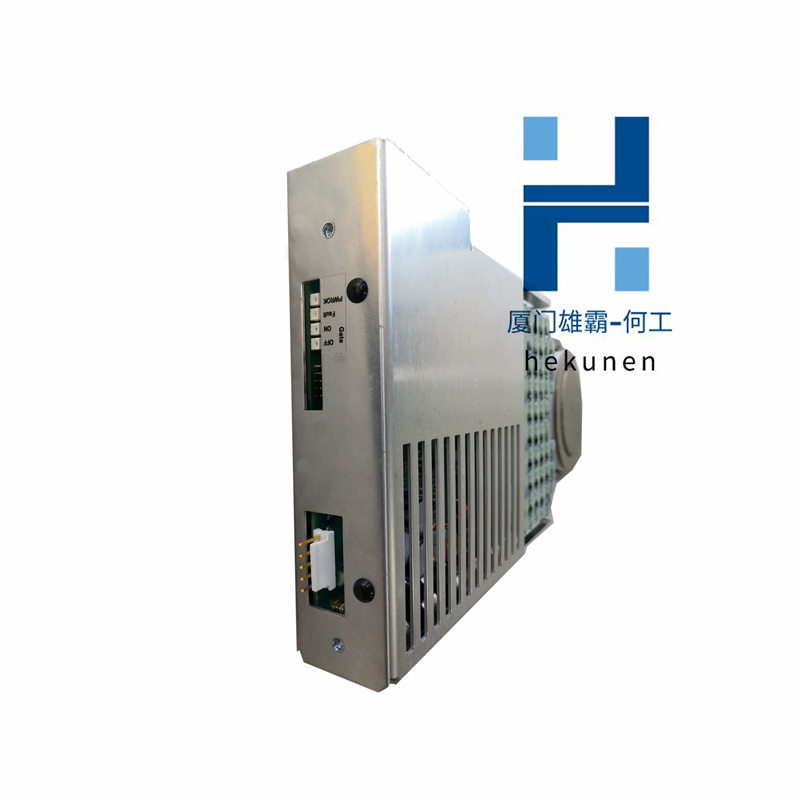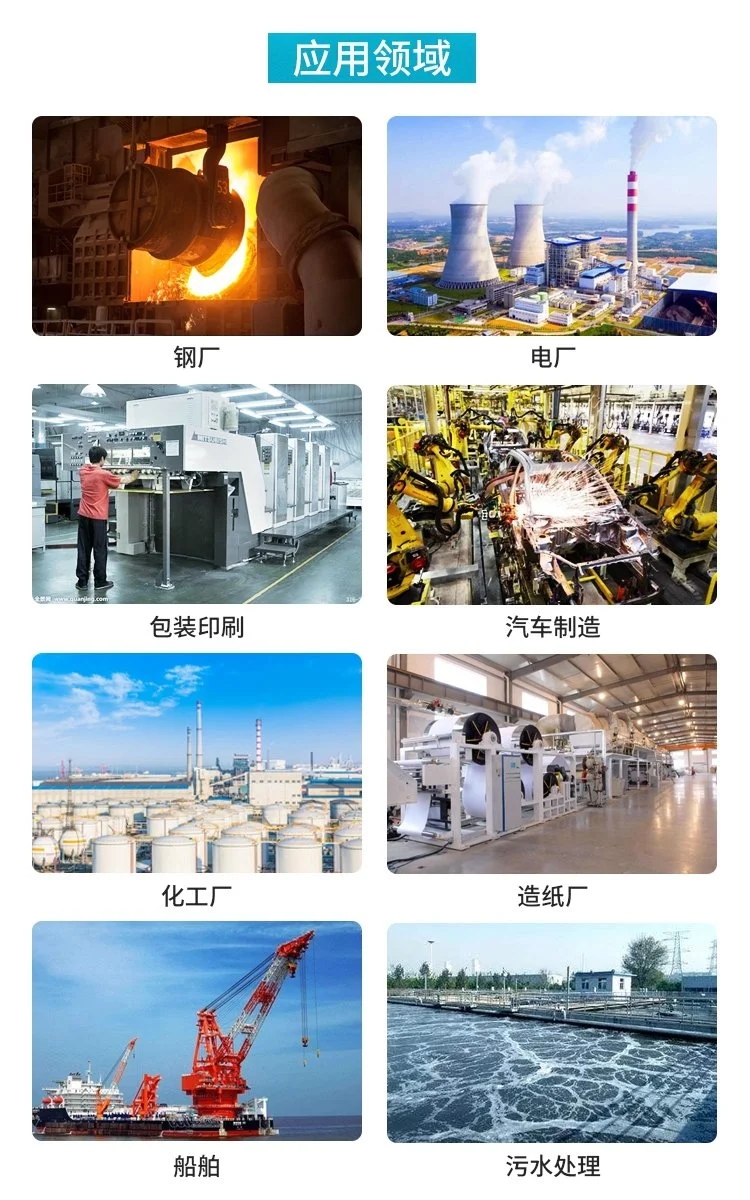数据存储是PLC-Recorder高速采集软件的三大基本功能之一(另外两个是“采集”和“使用”),与内存访问相比,磁盘访问是一个很慢的过程,频繁的读写操作或多或少地会对采集造成影响,因此,也有一些可遵循的规则。
PLC-Recorder软件在采集的过程中,会将内存缓冲区的记录定时保存到磁盘,这样有两个好处:
1.可以减少内存的占用(对于资源很少的系统来说,这很重要)。
2.可以增加数据的安全:保存到磁盘的记录,在断电重启软件后是可以找回来的,而保存在内存里的数据是不能的。因此,当采集速度非常快、通道很多、文件保存间隔比较长时,临时文件的存储会比较频繁,文件数量也会很多。

Data storage is one of the three basic functions of PLC Recorder high-speed acquisition software (the other two are "acquisition" and "usage"). Compared to memory access, disk access is a very slow process, and frequent read and write operations can more or less affect acquisition. Therefore, there are also some rules to follow.
1、 Temporary files
During the collection process, the PLC Recorder software will save the records from the memory buffer to the disk at a scheduled time, which has two benefits:
1. It can reduce memory usage (which is important for systems with limited resources).
2. Can increase data security: Records saved to disk can be retrieved after power outage and software restart, while data stored in memory cannot be retrieved. Therefore, when the collection speed is very fast, there are many channels, and the file save interval is relatively long, the storage of temporary files will be more frequent, and the number of files will also be large.

